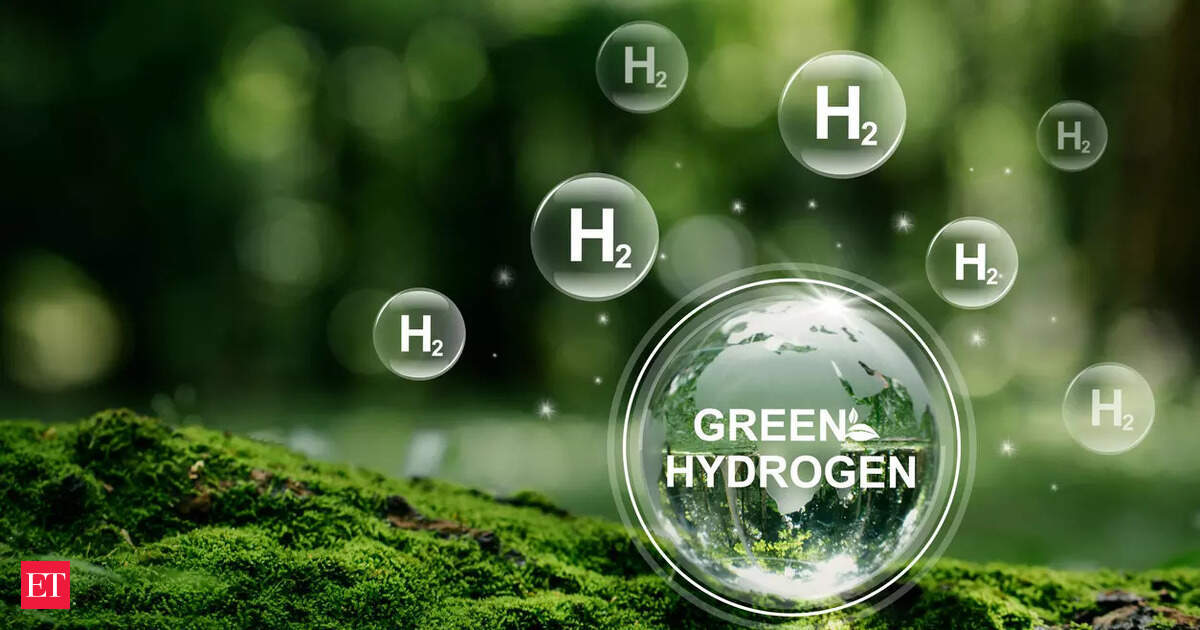Key Takeaways
- The Solar Energy Corporation of India (SECI) plans to finalize a tender for the production of 724,000 tonnes of green ammonia annually.
- Financial incentives and long-term contracts will support domestic production of low-emission fertilizers.
- This initiative aims to reduce India’s reliance on imported natural gas and cut greenhouse gas emissions significantly.
Initiative for Green Ammonia Production
The State-owned Solar Energy Corporation of India (SECI) is moving forward with a tender to produce 724,000 tonnes of green ammonia each year. This plan falls under the Strategic Interventions for Green Hydrogen Transition scheme and involves 13 fertilizer plants across the country. Currently, ammonia, a key ingredient in urea and other nitrogen fertilizers, is produced using fossil fuels, resulting in significant greenhouse gas emissions.
The new tender aims to utilize renewable energy for generating green hydrogen and ammonia. This shift is expected to foster low-emission domestic fertilizer production, thereby supporting environmental sustainability. SECI will manage demand aggregation and establish long-term offtake agreements, which will provide market certainty for producers through contracts lasting up to 10 years.
The tender was officially issued on June 7, 2024, with bid submissions closing on June 26, 2025. To encourage participation, the government is offering several financial incentives under the National Green Hydrogen Mission. These include Production Linked Incentives (PLI) of Rs 8.82/kg, Rs 7.06/kg, and Rs 5.30/kg for the first three years, totaling support of approximately Rs 1,533.4 crore.
Furthermore, the Centre is providing a robust Payment Security Mechanism (PSM) to mitigate risks of payment delays from fertilizer companies. This financial backing is critical to ensuring the initiative’s viability and encouraging investment in green ammonia production.
Presently, India consumes about 17-19 million tonnes of ammonia annually, with over half of its hydrogen demand sourced from fertilizer production. The majority of this hydrogen is derived from imported natural gas, making the country vulnerable to global gas price fluctuations and contributing to a higher trade deficit. SECI’s initiative is expected to significantly reduce this dependency, enhancing energy security while minimizing the environmental impact.
Notably, producing green hydrogen is associated with much lower carbon emissions, with less than 2 kg of CO₂ produced per kilogram, in stark contrast to the up to 12 kg of CO₂ emitted from conventional grey hydrogen production. This transition towards green ammonia not only aligns with India’s environmental goals but also boosts its self-sufficiency in critical agricultural inputs.
The content above is a summary. For more details, see the source article.















